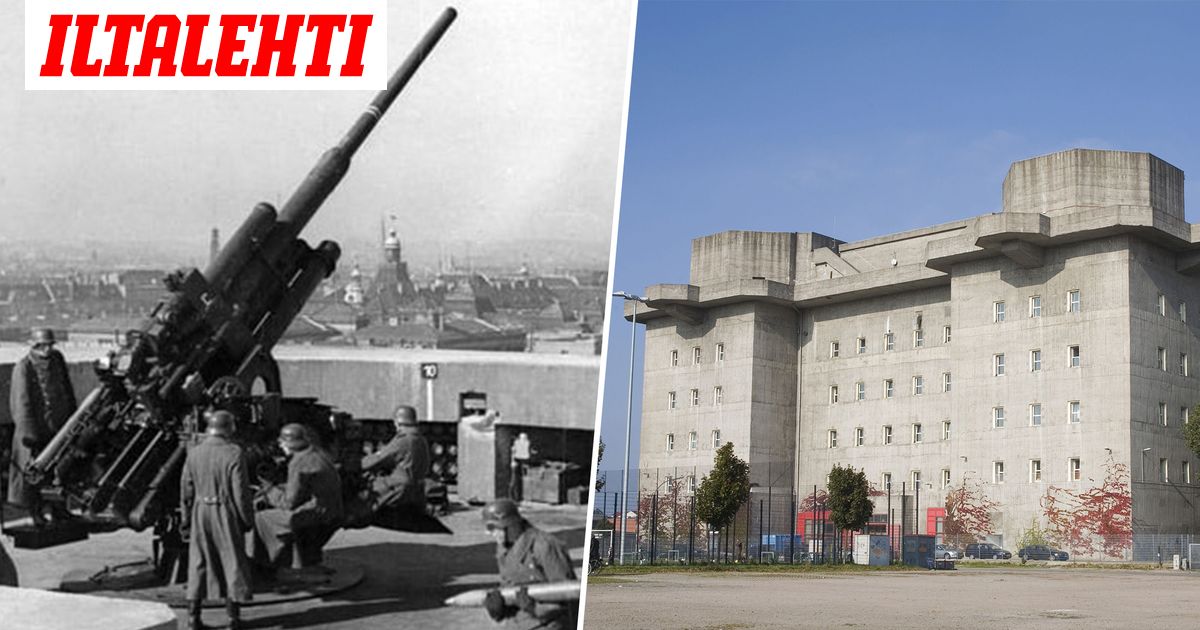Katsellessa tuota Babylon Berlin -sarjaa tuli tämä aktiivisesti unohdettu asia niin voimallisesti vastaan, että tuntui oikein räikeältä. Aiemmin olen tähän törmännyt vain ns. salaliittoteoria-genressä, vaan nyt alkaa olla jo populaarikulttuurissa ihan avoimesti.
https://warontherocks.com/2016/06/s...ilitary-pact-and-the-origins-of-world-war-ii/
SOWING THE WIND: THE FIRST SOVIET-GERMAN MILITARY PACT AND THE ORIGINS OF WORLD WAR II
IAN JOHNSON
Before dawn on June 22, 1941,
German bombers began to rain destruction down on a swath of Soviet cities from Leningrad to Sevastopol. It was the beginning of
Operation Barbarossa, the largest military operation in the history of the world. By the end of the day, three million German soldiers and their allies crossed the Soviet border, inaugurating the bloodiest phase of World War II. The invasion also brought to a bloody conclusion 20 years of secret cooperation between Germany and the Soviet Union.
While Soviet-German military cooperation between 1922 and 1933 is often forgotten, it had a decisive impact on the origins and outbreak of World War II.
Germany rebuilt its shattered military at four secret bases hidden in Russia. In exchange, the Reichswehr sent men to teach and train the young Soviet officer corps. However, the most important aspect of Soviet-German cooperation was its technological component. Together, the two states built a network of laboratories, workshops, and testing grounds in which they developed what became the major weapons systems of World War II. Without the technical results of this cooperation, Hitler would have been unable to launch his wars of conquest.
After World War I, the victors dismantled the vaunted German army, reducing it to only 100,000 men. The
Treaty of Versailles further forbade Germany from producing or purchasing aircraft, armored vehicles, and submarines. These provisions highlighted the Entente’s hope that removing German access to modern technologies of war would force Germany to abandon its militarist past. To the contrary, those particular provisions further convinced the remnants of the German High Command that technological rearmament was essential to restoring Germany’s position. Few works since the opening of the Russian Archives have explored the Soviet-German military pact in its totality. None have focused on its technological aspects. In this article, I offer new conclusions on the subject, drawing from archives in Russia, Germany, the United Kingdom, Poland, and the United States. Of particular importance for this piece are the Russian State Military Archive (RGVA), the archives of the German corporations Krupp, M.A.N. and Daimler-Benz, the U.S. National Archive’s Collection of Foreign Records Seized, and Yale University’s Russian Archive Project.
[jatkuu...]
At the
Treaty of Rapallo in April 1922, Germany and the Soviet Union normalized relations for the first time, the first blow against the postwar order. The following summer, the Reichswehr and Red Army
held a series of secret summits during which they crafted the framework for military cooperation. At first, Hans von Seeckt envisioned German military-industrial firms moving banned production and research to the Soviet Union. His staff earmarked considerable portions of the Reichswehr’s “black funds” — financial resources hidden from the German government — to subsidize these programs. To accommodate German firms, Lenin personally supervised the establishment of a
concessionary system whereby German corporations could take over and modernize existing Soviet industrial plants under the close supervision of Soviet officials. Under the auspices of this program, German firms took over shipyards, factories for aviation, artillery, grenades, and rifles, chemical weapons plants, and other critical facilities. German businesses expected to profit from these ventures, but also hoped to find a new home for military experts, technical testing, and production in banned fields. Seeckt envisioned these factories one day supplying the reborn German army in a future war with France. The Soviets, in turn, hoped to increase their military industrial production cheaply, gain access to German technology, and train hundreds of new engineers.
Most of these ventures failed in the
difficult economic circumstances of early Soviet Russia. The most important of these arrangements, a massive Junkers aircraft production facility outside of Moscow, failed to live up to either sides’ expectations, although it did become one of the most productive aircraft facilities in the Soviet Union. In December 1926, after massive financial losses, the owner of Junkers owner leaked details on the German program in Russia to members of the Reichstag, Germany’s parliament. On December 3, 1926, the scandal became public when a seven-line headline appeared in the
Manchester Guardian, proclaiming:
“Cargoes of Munitions from Russia to Germany! Secret Plan between Reichswehr Officers and Soviet. STARTLING DISCLOSURES…” The German government, largely ignorant of ongoing Reichswehr efforts in the Soviet Union, fell in disgrace after a vote of no confidence in the Reichstag.



 Kiitos.
Kiitos.